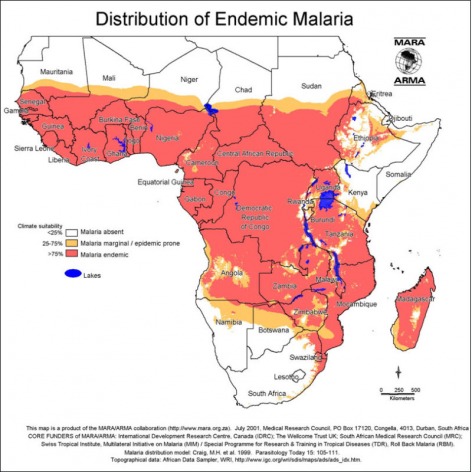QUESTION
I was found with malaria 0.25% positive in my test report….. will this make to reject my application from a Malaysian university?
ANSWER
Malaria is an infection with a parasite of the genus Plasmodium; all types are very treatable, and so even if you have tested positive, you can easily get medication which will allow you to recover fully from the disease. While some universities require a health test, since malaria is completely treatable, a positive test for this disease should not stop you from being admitted to the university. However, you should get treated as soon as possible; ask your doctor what kind of medication is most appropriate for the type of malaria you have.
